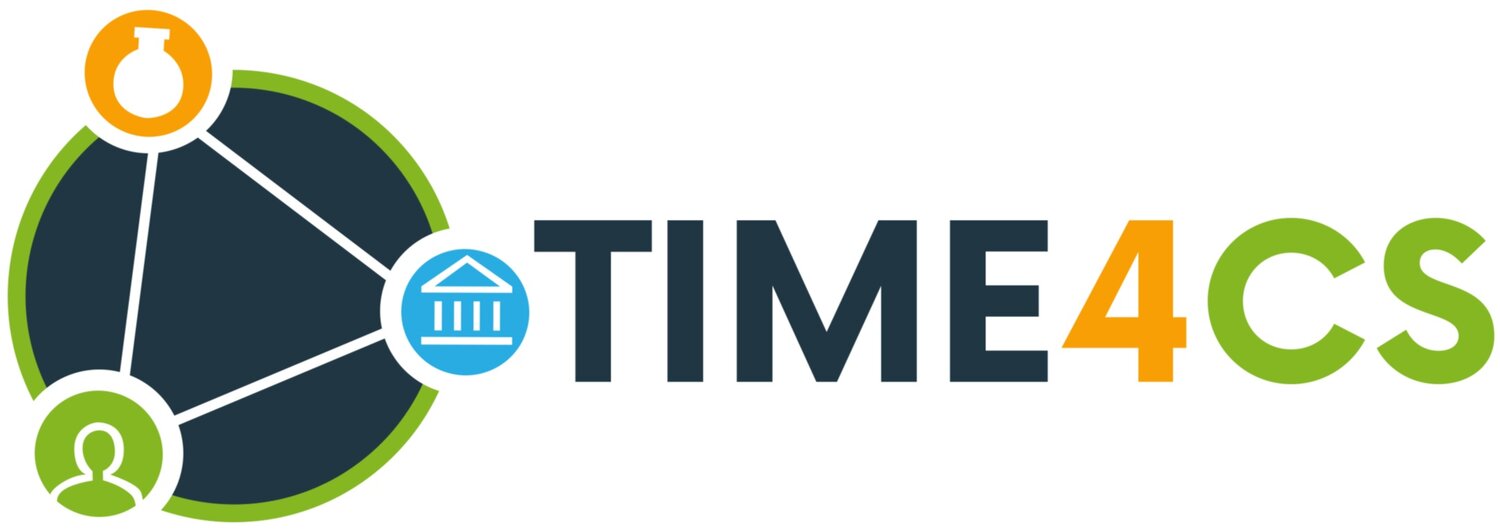What factors contribute to the success of institutional adoption of Citizen Science in Research Performing Organisations?
TIME4CS aims at supporting Research Performing Organisations (RPOs) – i.e. research entities such as universities and research centres – in defining and implementing institutional changes that could lead to a better and more effective engagement of citizens in Research & Innovation (R&I). This citizen participation in R&I can include different activities in the field of citizen science in all its forms.
With this in mind, in the past year, UCL placed its efforts on the Collection of Case Studies of Institutional adoption of Citizen Science (listed in the report D1.1) which includes a compilation of 38 cases of RPOs around the globe where researchers have adopted a citizen science and public engagement-based methodologies in their research activities. This report presents a brief literature review of the state-of-the-art of adoption of citizen science within RPOs, introducing the process of assessing institutional change in RPOs through the use of the Qualitative Comparative Analysis (QCA) and summarises the data input from the case studies collected through collecting public information on the organisations' websites and through interviews.
As follow-up work, in collaboration with Aarhus University in Denmark and the University of Natural Resources and Life Sciences (BOKU) in Austria, UCL also produced the report D1.3 Lessons learnt repository of TIME4CS. The report is synthesising the learning outputs of the case studies previously collected to define the key elements and drivers necessary for successful institutional transformation. The report includes some of the most important points made within the work of TIME4CS (such as D1.2 Best practices repository of TIME4CS front-runners); defining the tailoring of a methodology for understanding the successful institutional transformation in support of citizen science in RPOs. The analysis shows that a higher level of Institutional Integration of citizen science includes the development of citizen science projects from different disciplines. In addition, having multiple citizen science champions seemed essential, this could be related to the fact that students and staff can provide the bottom-up pressure to push for institutional transformations; in addition, senior management citizen science champions can also influence the decision-making processes from top-down which would have a direct impact in modifying the structures in the organisations. Finally, the availability of an institutional plan that includes or considers citizen science and public engagement was a shared condition by that RPOs with higher institutional Integration.
While the case studies provided a rich path to the understanding of institutional integration of citizen science, it must be kept in mind that as a methodology citizen science is in constant development, and therefore best practices should be re-examined periodically in light of societal, technological and scientific changes and contextualised according to the country or region where they take place.
Author: Abril Herra (UCL)

